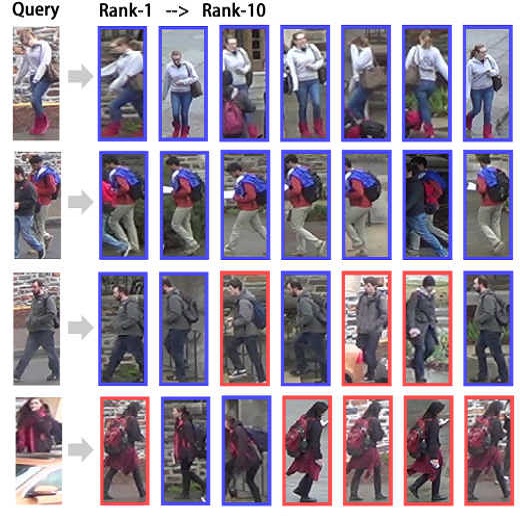Person re-identification (Re-ID) aims at retrieving a person of interest across multiple non-overlapping cameras. With the advancement of deep neural networks and increasing demand of intelligent video surveillance, it has gained significantly increased interest in the computer vision community. By dissecting the involved components in developing a person Re-ID system, we categorize it into the closed-world and open-world settings. The widely studied closed-world setting is usually applied under various research-oriented assumptions, and has achieved inspiring success using deep learning techniques on a number of datasets. We first conduct a comprehensive overview with in-depth analysis for closed-world person Re-ID from three different perspectives, including deep feature representation learning, deep metric learning and ranking optimization. With the performance saturation under closed-world setting, the research focus for person Re-ID has recently shifted to the open-world setting, facing more challenging issues. This setting is closer to practical applications under specific scenarios. We summarize the open-world Re-ID in terms of five different aspects. By analyzing the advantages of existing methods, we design a powerful AGW baseline, achieving state-of-the-art or at least comparable performance on twelve datasets for FOUR different Re-ID tasks. Meanwhile, we introduce a new evaluation metric (mINP) for person Re-ID, indicating the cost for finding all the correct matches, which provides an additional criteria to evaluate the Re-ID system for real applications. Finally, some important yet under-investigated open issues are discussed.
翻译:个人再身份(Re-ID)的重新身份确认(Re-ID)的目的是在多个非重叠相机中重新找回一个感兴趣的人。随着深神经网络的进步和智能视频监视需求的增加,它大大增加了对计算机视觉界的兴趣。通过分解开发人再身份系统所涉及的组成部分,我们将其分为封闭世界和开放世界的设置。广泛研究的封闭世界环境通常在各种面向研究的假设下应用,并且利用对一系列数据集的深入学习技术取得了令人振奋的成功。我们首先从三个不同的角度,对封闭世界的人再信息进行全面的概述,并进行深入分析,包括深入的特征表现学习、深入的光学学习和排名优化。随着在封闭世界环境中的功能饱和度,我们重新身份的工作重点最近转移到开放世界的设置,面临更具有挑战性的问题。这一设置在具体假设下更接近实际应用。我们从五个不同方面总结了开放世界的再信息数据库。通过分析现有方法的优势,我们设计了一个强大的AGW基线,实现州再信息数据库基线,实现深度的光学学习和排名优化。随着在封闭世界环境中,我们进行最有可比性的检索的系统,在新的数据排序上提出新的评估。



